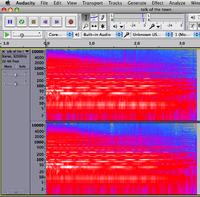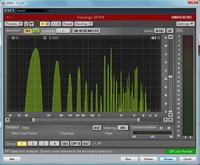asifadio
Newbie level 4
hello there, im a undergraduate physics student currently working for my final year project and need some help from engineering expert.
i tried to model/analysis a music signal using harmonic filter bank. but there is a problem. i cannot extract the parameter that needed in heterodyne filter function( which is a time, t).. here i show you what exactly my problem is
1
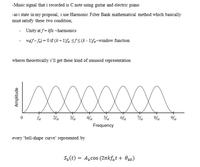
2
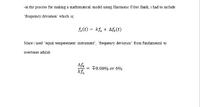
3
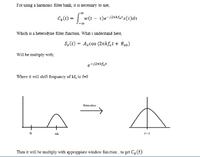
4
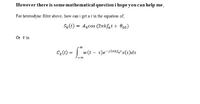
5
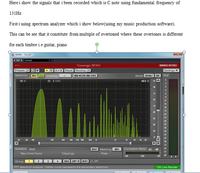
6

7
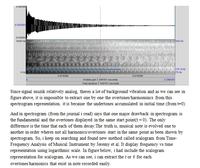
8
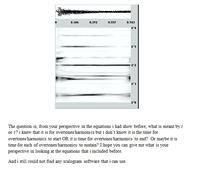
i tried to model/analysis a music signal using harmonic filter bank. but there is a problem. i cannot extract the parameter that needed in heterodyne filter function( which is a time, t).. here i show you what exactly my problem is
1

2

3

4

5

6

7

8

